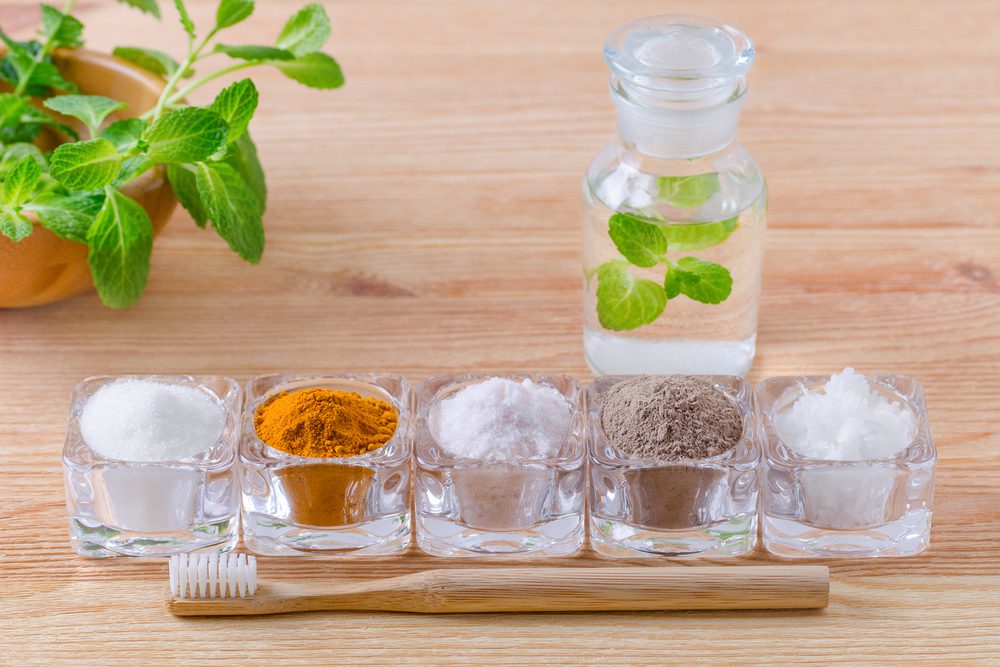The ancient practices of traditional medicine have long highlighted the healing potential of natural ingredients. Today, modern science is catching up, offering fresh validation of these age-old remedies. Among the most studied natural compounds are turmeric and ginger, two roots from the Zingiberaceae family with a shared reputation for addressing inflammation, pain, and digestive discomfort.
These roots are more than culinary staples—they are potent allies in health and wellness. As science uncovers their bioactive components, their integration into modern health practices becomes not only plausible but essential.
Understanding natural compounds
The remarkable benefits of turmeric and ginger stem from their unique bioactive compounds. Turmeric is renowned for curcumin, a compound with strong anti-inflammatory and antioxidant properties, while ginger’s benefits are largely attributed to gingerols and shogaols.
These compounds interact with biological systems in profound ways. Turmeric’s curcumin inhibits pathways that drive chronic inflammation and oxidative damage. Similarly, gingerols offer anti-inflammatory effects, helping to regulate immune responses and mitigate stress on cellular structures. Together, these roots provide complementary therapeutic effects that align with holistic approaches to health.
Addressing inflammation and oxidative stress
Inflammation is at the root of many chronic illnesses, from arthritis to cardiovascular disease. Research on turmeric and ginger reveals their extraordinary capacity to modulate inflammatory processes.
Turmeric has shown promising results in managing conditions such as inflammatory bowel disease and arthritis. Its ability to reduce markers of inflammation provides relief to those suffering from chronic pain and swelling. Ginger, on the other hand, is effective in addressing acute inflammatory conditions, including post-exercise soreness and migraines.
Their combined use may offer amplified benefits, targeting both chronic and acute inflammation with precision and efficacy.
Supporting digestive health
The digestive system is another area where turmeric and ginger excel. Ginger’s long history as a remedy for nausea is well-supported by scientific studies, particularly in cases of pregnancy-related nausea and chemotherapy-induced discomfort.
Turmeric, meanwhile, demonstrates effectiveness in managing inflammatory conditions of the gut, including Crohn’s disease and ulcerative colitis. Its ability to promote a balanced gut microbiome enhances overall digestive health, reducing discomfort and promoting nutrient absorption.
Together, these roots address a spectrum of digestive concerns, offering natural relief for common and complex gastrointestinal issues.
Beyond inflammation and digestion, turmeric and ginger show promise in managing metabolic health. They contribute to improved regulation of blood sugar, lipid profiles, and cardiovascular markers.
Turmeric’s role in reducing oxidative stress supports better insulin sensitivity, making it a valuable supplement for those with prediabetes or metabolic syndrome. Similarly, ginger demonstrates the ability to improve cholesterol levels and reduce triglycerides, further supporting heart health.
When integrated into a balanced lifestyle, these natural compounds serve as powerful tools in combating metabolic disorders.
Relieving pain with natural alternatives
The analgesic properties of turmeric and ginger provide relief for various types of pain. Ginger, for example, has been widely recognized for its effectiveness in alleviating menstrual cramps and osteoarthritic pain. Its ability to reduce muscle soreness after intense physical activity also makes it a favorite among athletes.
Turmeric’s pain-relieving benefits extend to chronic inflammatory pain conditions, including rheumatoid arthritis and fibromyalgia. By targeting the inflammatory pathways that exacerbate pain, turmeric provides relief without the side effects often associated with conventional painkillers.
These natural options offer a safer, long-term approach to pain management, with fewer risks and a broader range of applications.
Maximizing effectiveness through absorption
Despite their benefits, one of the challenges with turmeric, in particular, is its low bioavailability. Without proper absorption, its therapeutic potential may not be fully realized.
Combining turmeric with black pepper, which contains piperine, enhances its bioavailability significantly. Similarly, consuming turmeric with healthy fats improves absorption, making it easier for the body to utilize its active compounds.
Ginger’s bioavailability is less of an issue, but combining it with other ingredients can further enhance its effects. Whether taken as supplements or added to meals, understanding how to optimize absorption is key to reaping the full benefits of these roots.
Balancing safety and dosage
While turmeric and ginger are generally safe, they require thoughtful use. Pregnant individuals, for example, should exercise caution with high doses of ginger, as it may stimulate uterine contractions. Similarly, turmeric can interact with blood-thinning medications, necessitating careful monitoring.
Determining the right dosage is another critical factor. For turmeric, studies suggest 500–2,000 mg of curcumin daily, depending on the condition being treated. Ginger dosages typically range from 1–3 grams per day for nausea or pain relief. Consulting with a healthcare professional ensures these supplements are used safely and effectively.
Not all turmeric and ginger products are created equal. The quality of supplements significantly impacts their safety and efficacy. Opting for third-party tested products from reputable manufacturers ensures that the supplements are free from contaminants and meet potency standards.
Look for supplements that disclose their ingredient sources and testing methods. This transparency not only guarantees quality but also builds trust in the products being used to support health.
A legacy of health and healing
Turmeric and ginger have stood the test of time, evolving from traditional remedies to modern therapeutic powerhouses. Their integration into daily routines represents a bridge between ancient wisdom and contemporary science.
As research continues to unveil their potential, these roots reaffirm their place as essential components of natural medicine. By addressing inflammation, supporting digestion, enhancing metabolic health, and offering pain relief, turmeric and ginger empower individuals to take charge of their well-being, naturally and effectively.















